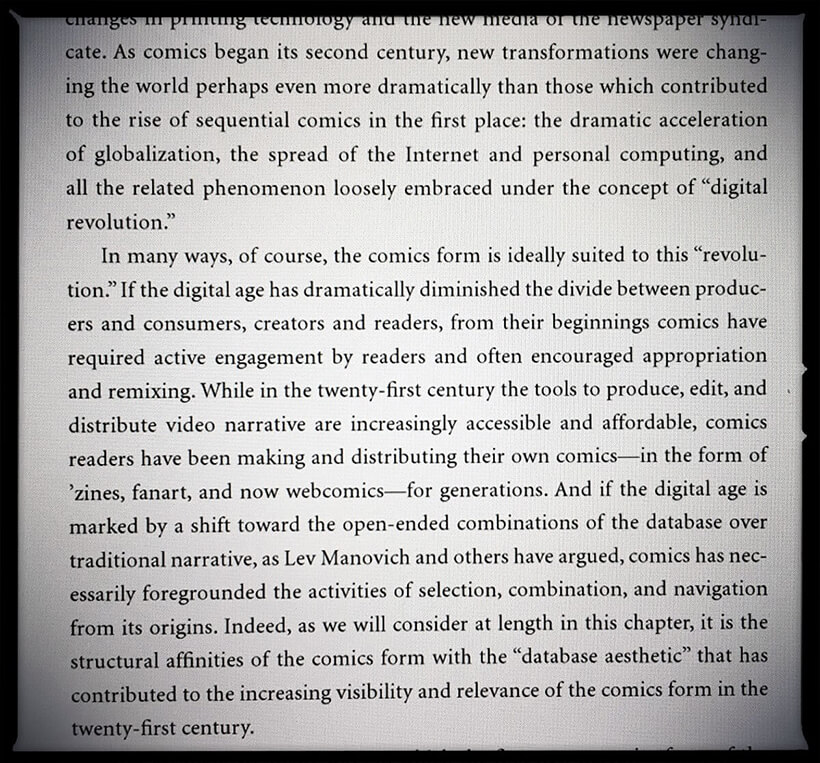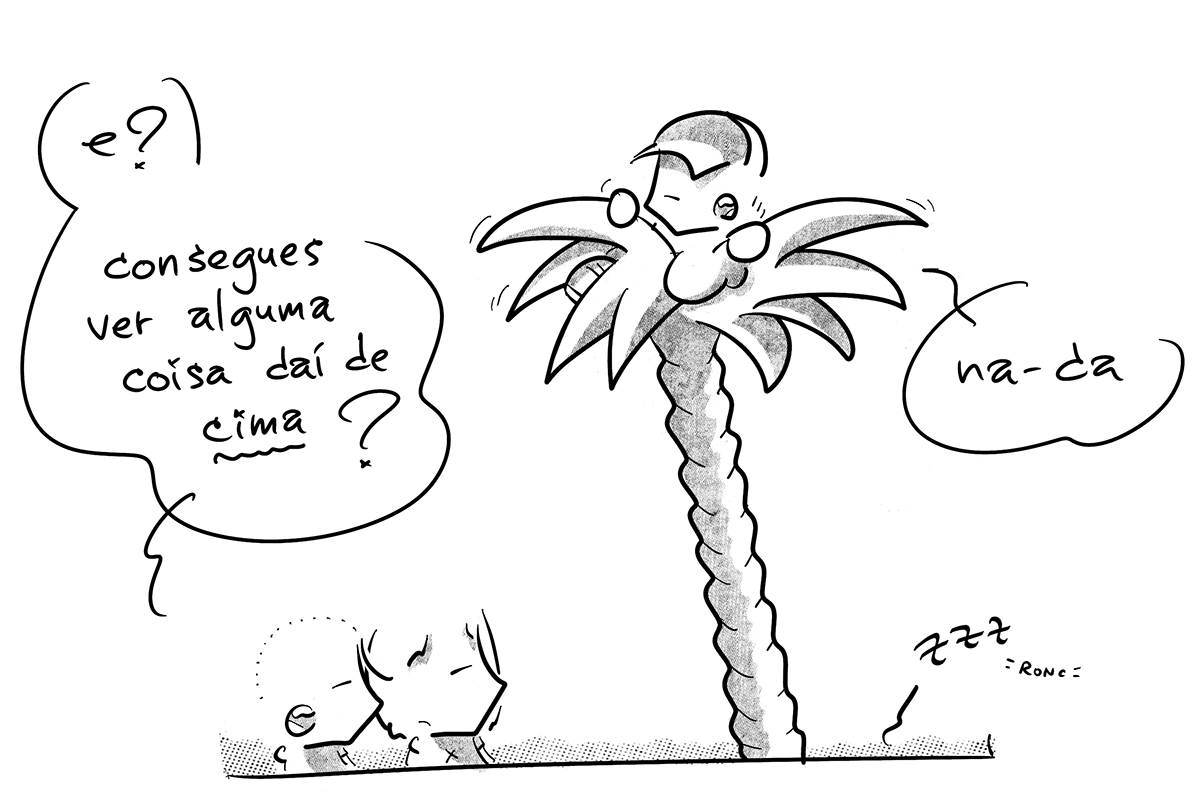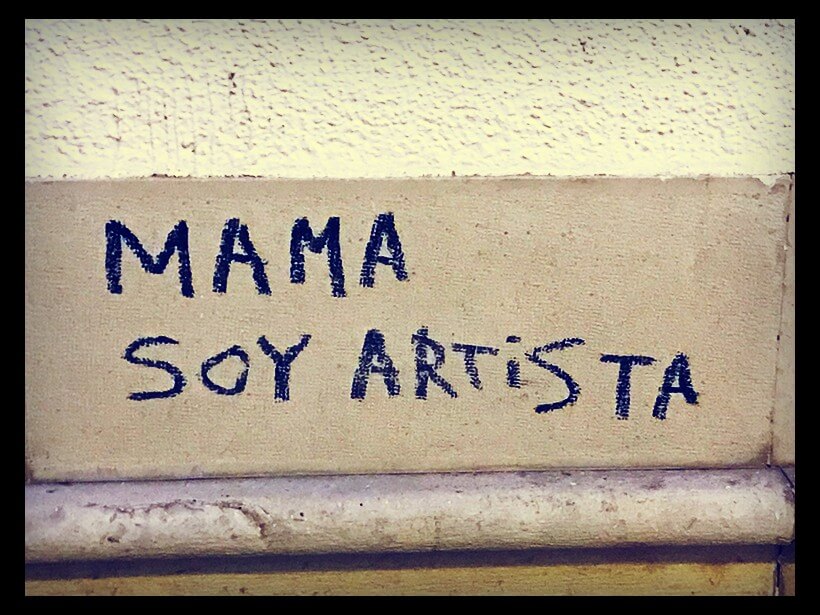low some high
In 2010s what was a particular cultural scene become one of the most popular cultural forms, like photography or painting. While art museums, art galleries, and auction houses still prefer to show and sell physical objects, on the web digital art rules.
in "Lev Manovich recent facebook post on digital art." 2 jun 2020
Quase naqueles dias & já a despachar notas, já vimos BD, jornalistas, vamos a outros queridos da crítica: os arte em digital. E com o teaser anterior ainda entravancado em muita garganta, passamos o trailer: "in many ways, of course, the comics form is ideally suited for this 'revolution'".
 in "Projections: Comics and the History of Twenty-First-Century Storytelling" pag.149
in "Projections: Comics and the History of Twenty-First-Century Storytelling" pag.149E é do Lev Manovich mencionado atrás que retalhamos o recent facebook post on digital art:
In this post, I will talk about “digital art”; the differences between “high [digital] art” and “popular digital art,” and meanings of “art” in contemporary society.
in "Lev Manovich recent facebook post on digital art." 2 jun 2020
Três takeaways.
Primeiro: miúdo, i) és um artista.
Artists are people who are regularly engaged in activities that require instruments the society associates with art. These can be canvas, brushes, special pencils, and other tools available in all art stores. But these can be also software that industry which used to be called “media authoring” or “media editing” and now is usually called “creative” [applications]. So “popular digital art” is also an example of this. You are using some of the software for the creation, and because you are working in digital media, you can call yourself a “digital artist.”
in "Lev Manovich recent facebook post on digital art." 2 jun 2020
Um artista pouco original, sofrível que até dói, mas ii) honesto. Contraponto à arte com A grande sem C por perto:
In my view, most works that are called digital art (or media art, etc.) have no meaning. This by itself is not a problem – if the digital art creators, curators and others involved could honestly admit it. “We show beautiful moving wallpapers generated using the latest neural nets, supervised machine learning, and graphics cards.” “Here you will entertain yourself via a few very simple interactive gestures, and the wallpaper on the screen will respond in some ways, although you will not understand how exactly.” And so on. For all such works which we now see in art exhibitions, in companies showrooms, in shopping centers and on the web, it would be honest to say that this is not “art” – these are decorations and interactive entertainment toys. But this is not done. Instead, we read long statements about the intentions, the meanings, the “issues being explored” (a list of keywords follows), and so on.
So what I don’t like about much of “high” digital or media art today is that so many works pretend to have meanings, or to “explore” some popular themes and issues, or to “make visible the tensions between [two terms follow] and so on.
in "Lev Manovich recent facebook post on digital art." 2 jun 2020
... vs outra arte rasteira: a tal da iii) popular.
However, there is also some good news. If you search the web you will a different kind of art – not what is shown in exhibitions or festivals or written about in the art world or media art world. It is not pretentious. It does not “address issues.” And statistically, this is likely to be 99.9% of what “digital art” is today in culture in large today, as opposed to high culture – museums, art schools, university art departments, art and high culture journals, and the academic publications in media studies, art history, digital culture studies and so on.
This art is more honest, and while most of it is also not original, I respect it more because it does pretend, like “high [digital] art.”
in "Lev Manovich recent facebook post on digital art." 2 jun 2020
E arsty: check. Quem falta da nossa shitlist?


